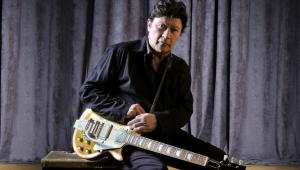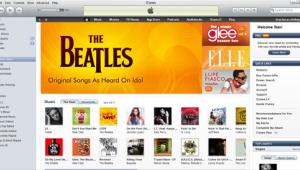Behind The Numbers: Digital Surround Receivers

Since most of the audio-performance tests we run on a receiver duplicate the identically named tests for a full-featured DVD player, they were already covered in our first "Behind the Numbers" article, on DVD players (July/ August 2001; on the Web at soundandvisionmag.com, in the Archives under "Buying Tips"). If you want the gory details on what excess noise and linearity error are and how theoretical considerations limit measured distortion and noise in the digital domain, see that article. The only difference when we do these tests on a receiver is that we look at speaker-level signals instead of line-level signals and use a reference output level of 1 watt into 8 ohms instead of 200 millivolts into 10 kilohms. For many of the tests the digital test signal is identical.
This equivalence between our DVD player and receiver audio tests is intentional to allow direct comparison of performance at two ends of a connection. You can tell, for example, whether the noise level through a receiver's digital input is worse (higher) than that from the analog output of a CD player. If the player's analog output is quieter, you'll get better sound when playing CDs by feeding the receiver from that instead of the digital output.
Measuring Power Many readers are most interested in a receiver's maximum output power ("Output at clipping"), which we test for both Dolby Digital and digital stereo operation. That used to matter more than it does now, because many home theater receivers have more power than they'll ever be asked to deliver. However, following long tradition in the audio field, we list these results first for each operating mode.
But as with many of our tests, how we obtain power measurements differs in some important respects from industry standards and tradition. For example, we define the clipping point (where an amplifier starts to go into gross overload) as the output level where total harmonic distortion plus noise (THD+N) exceeds 0.3%. Manufacturers may use different distortion levels for their power specs, either higher or lower. Ours was chosen because 0.3% represents THD+N that's 50 dB lower than a receiver's output, so it would generally be inaudible given the high sound levels a receiver generates at its clipping point.
![]() Sample Lab Box Watts to dbW Table Figure 1: Power Ratings Figure 2: Bass Management
Sample Lab Box Watts to dbW Table Figure 1: Power Ratings Figure 2: Bass Management
























































